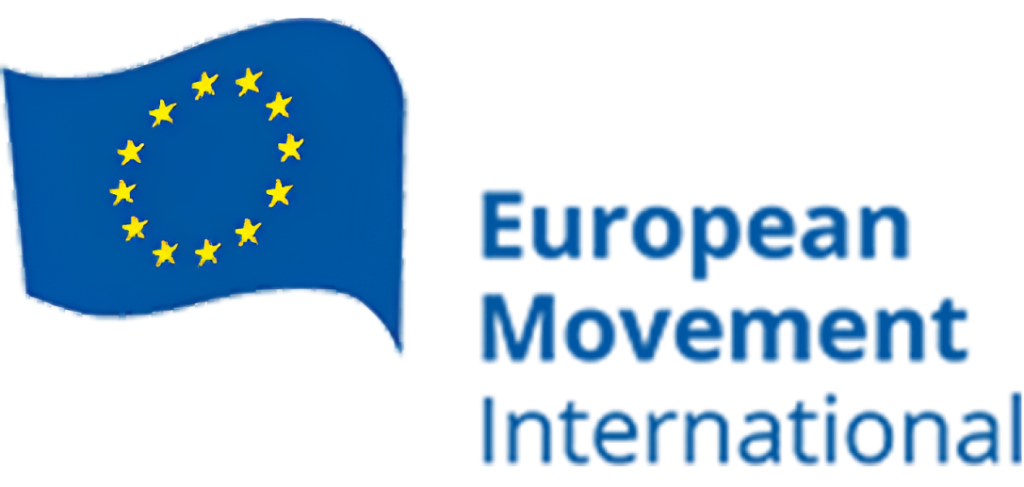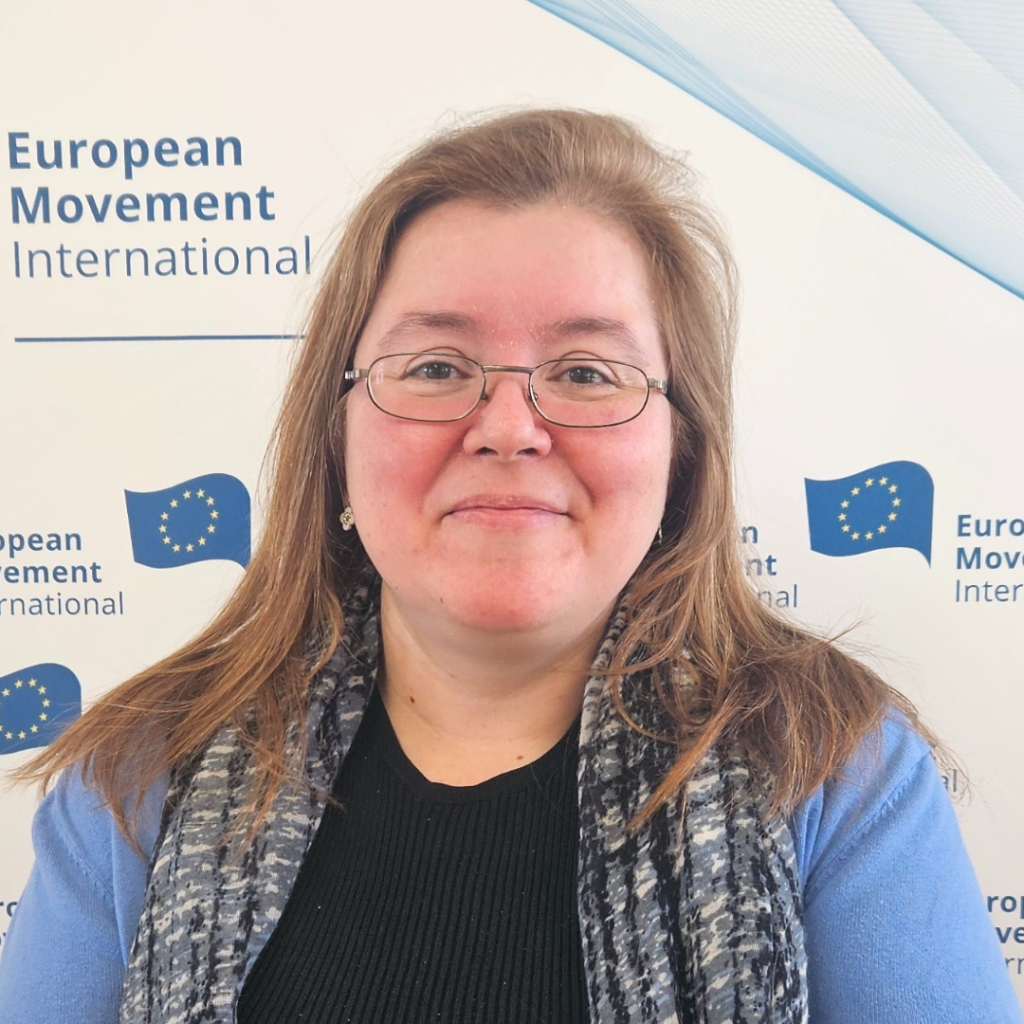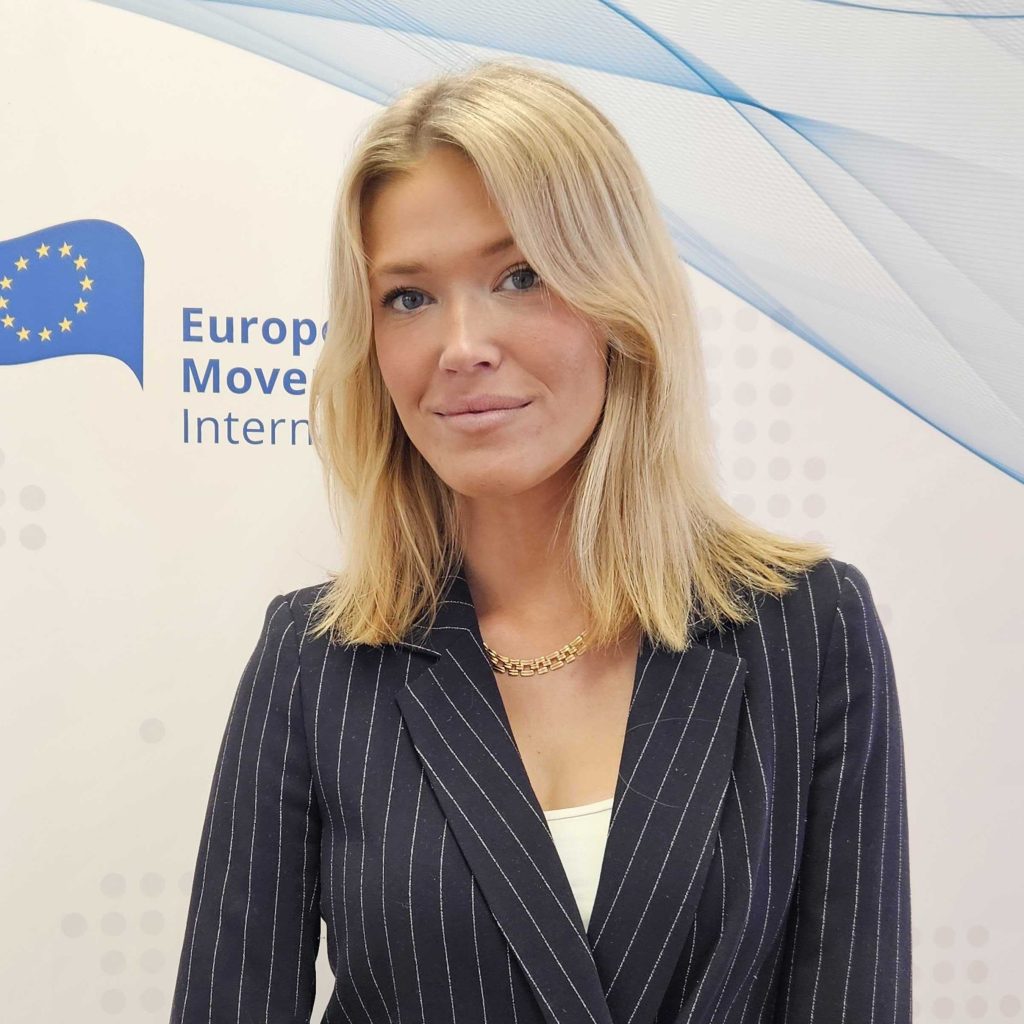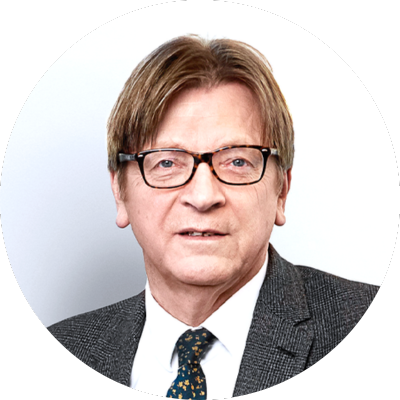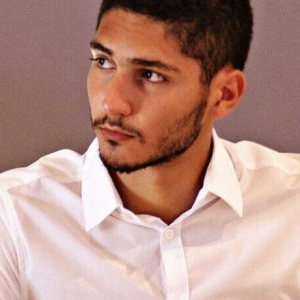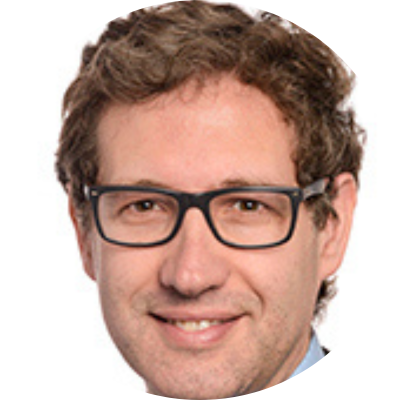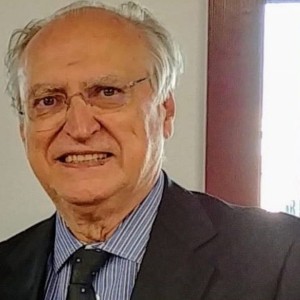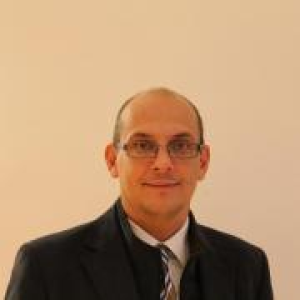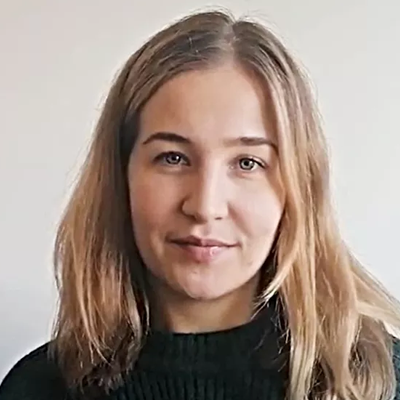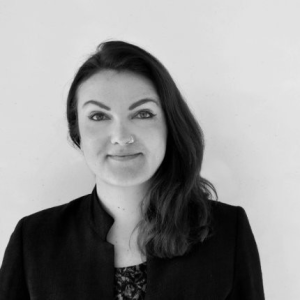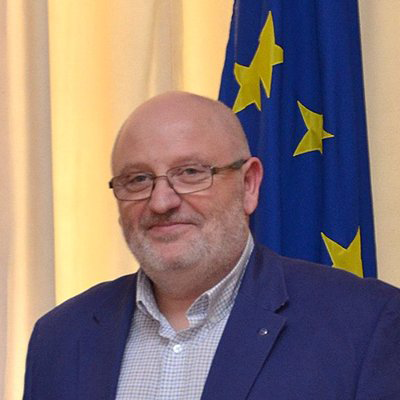our team and
GOVERNACE
Who we are - our team
The European Movement International employs a professional Team that is based at the organisation’s HQ in Brussels. The Team works on a daily basis to implement the Strategic Priorities and Annual Work Plan (adopted by the Member Organisations and the Board), under the direction of the Secretary General.
Who we are - our Board
The Board of the European Movement International is composed of the President, Secretary General and Treasurer, six Vice-Presidents and twelve other members all elected for a 3-year mandate by the member organisations of the European Movement International network.
The Board seeks to fairly represent the various European and national stakeholders that form part of the European Movement International network, and aims to be balanced in terms of nationality, age, gender, political orientation and representation of civil society at large.
EMI political committees
The Political Committees are where our member organisations gather to debate and craft the policy positions of the European Movement.
These positions form the basis of the European Movement’s advocacy work vis-à-vis the European institutions.
They are structured in line with European Movement’s Strategic Priorities and meet 4-5 times a year, ahead of the meetings of the Board, the Members’ Council and the General Assembly.
They are open to all members of the European Movement International, but participation in the Political Committees is limited to one representative per member organisation.
The current political committees are:
share:
European Movement International structure
The European Movement International is governed by various statutory bodies, which feed into decision-making and enable all member organisations to shape the positions of the European Movement.
Political committees 1 Democratic and european values
Political committees 2 Economy, social & sustainability
Political committees 3 Europe and the world
A detailed outline of all the European Movement International Statutory bodies and their functions can be found at the Articles of Association.

